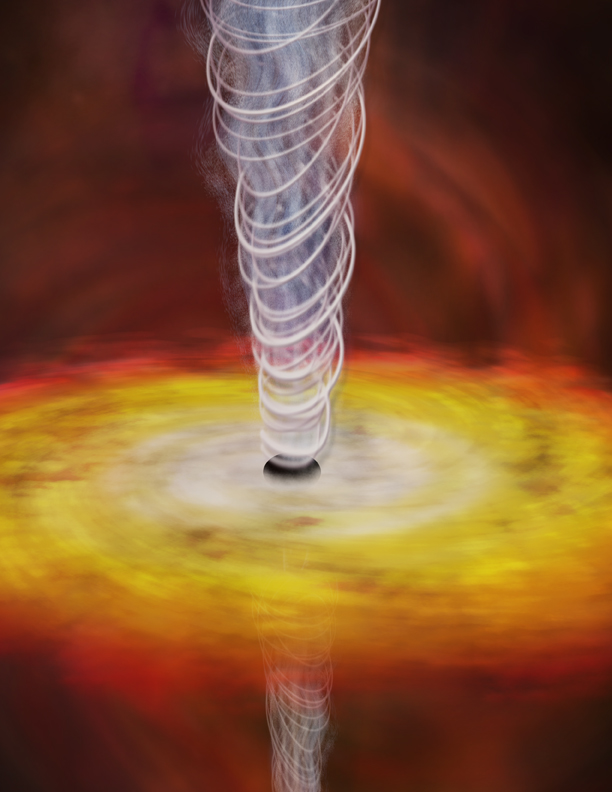Branes, D-branes, M-theory, K-theory … news articles about theoretical physics often mention “manifolds”. Manifolds are also good tools for theoretical psychology and economics. Thinking about manifolds is guaranteed to make you sexy and interesting.
Fortunately, these fancy surfaces are already familiar to anyone who has played the original Star Fox—Super NES version.





In Star Fox, all of the interactive shapes are built up from polygons. Manifolds are built up the same way! You don’t have to use polygons per se, just stick flats together and you build up any surface you want, in the mathematical limit.
The point of doing it this way, is that you can use all the power of linear algebra and calculus on each of those flats, or “charts”. Then as long as you’re clear on how to transition from chart to chart (from polygon to polygon), you know the whole surface—to precise mathematical detail.
Regarding curvature: the charts don’t need the Euclidean metric. As long as distance is measured in a consistent way, the manifold is all good. So you could use hyperbolic, elliptical, or quasimetric distance. Just a few options.
Manifolds are relevant because according to general relativity, spacetime itself is curved. For example, a black hole or star or planet bends the “rigid rods” that Newton & Descartes supposed make up the fabric of space.


In fact, the same “curved-space” idea describes racism. Psychological experiments demonstrate that people are able to distinguish fine detail among their own ethnic group, whereas those outside the group are quickly & coarsely categorized as “other”.
This means a hyperbolic or other “negatively curved” metric, where the distance from 0 to 1 is less than the distance from 100 to 101. Imagine longitude & latitude lines tightly packed together around “0”, one’s own perspective — and spread out where the “others” stand. (I forget if this paradigm changes when kids are raised in multiracial environments.)

Experiments verify that people see “other races” like this. I think it applies also to any “othering” or “alienation” — in the postmodern / continental sense of those words.
The manifold concept extends rectilinear reasoning familiar from grade-school math into the more exciting, less restrictive world of the squibbulous, the bubbulous, and the flipflopflegabbulous.











